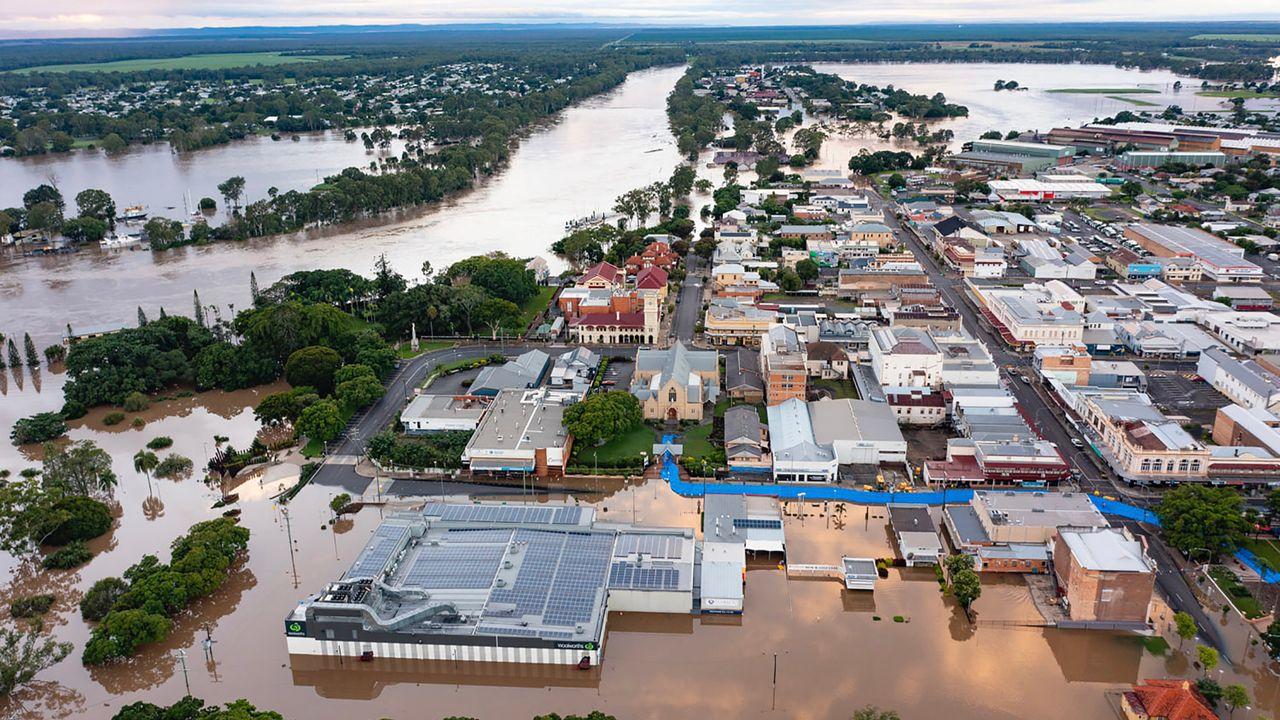
Extreme weather events impacting where people choose to live: report
AHURI report finds the threat of natural disasters such as floods and bushfires is a key factor for more than two thirds of Australians in deciding what regional or rural city to move to
24 Mar 2022
- For Australians moving to regional and rural cities, four natural hazards are perceived to be the greatest threats:
- 72% of people say extreme heat and bushfire
- 66% floods and flash floods
- 62% drought and water shortage
- 54% pandemic impacts
- 75 per cent of Australians are open to moving to a mid-sized city under the right circumstances
- Increasing local employment and higher education opportunities, and improving infrastructure can help drive populations to regional cities
Against the backdrop of the recent devastating floods on Australia’s east coast, a new AHURI report finds the threat of natural disasters such as floods and bushfires is a key factor for more than two thirds of Australians in deciding what regional or rural city to move to.
According to the research, considering the extreme heat and bushfire threat of an area is important for around three quarters (72%) of Australians in influencing where they would choose to live, while the possibility of floods and flash floods is important for two thirds (66%) of people surveyed for the research.
The research, ‘Understanding what attracts new residents to smaller cities’, undertaken for AHURI by researchers from University of South Australia, RMIT and UNSW Sydney examines migration flows and settlement patterns across Australia and identifies key barriers to, and opportunities for, greater population decentralisation.
Between 2016 and 2066, the Australian population is projected to increase by up to 24.6 million people, and approximately 55 per cent of this growth is expected to occur in Australia’s two largest cities—Sydney and Melbourne. Having strategies to help disperse population growth could help alleviate some of the already existing pressures on major urban areas.
‘Our research found that when it comes to having a preference to live in smaller cities, there are four groups of Australians: those who prefer large cities (16% of the population); those who have a preference for smaller cities (21%); those who don’t mind either way (54%); those who have a very strong preference for living in smaller cities (9%),’ says lead author of the research, Associate Professor Akshay Vij of the University of South Australia.
‘Government policies to attract people to smaller regional cities would be best targeted at those middle two groups, who make up 75 per cent of the population, as they appear more open to moving to a mid-sized city under the right circumstances.’
Figure 1: Proportion of respondents that agreed that the particular policy would encourage them to relocate to a mid-sized city

The second group, with a preference for living in smaller cities, is made up of young individuals living in single or shared households and middle-aged individuals living in households with children. They tend to be university-educated and employed full-time in high-wage managerial or professional jobs in white-collar sectors. They place the greatest importance on employment and education opportunities and are likely to move to mid-sized cities if they could offer comparable opportunities.
The third group, who are more flexible with where they would live, are more likely to be older, and employed part-time in lower paying jobs or retired from the workforce. They place a high importance on quality of life, quality of local healthcare, and housing and other living costs.
The research describes a number of policy options to support population growth in smaller cities, including developing:
- local employment opportunities that focus on the creation of local jobs (by offering appropriate incentives to employers to locate in these areas) and working with local communities to aid emerging local industries. The widespread adoption of remote working arrangements during the COVID-19 pandemic, and their potential continuation after the pandemic, offers new opportunities for encouraging settlement in mid-sized cities that offer better quality-of-life.
- higher education institutions, as these help retain a greater proportion of young adults in mid-sized urban cities and help grow local economies.
- infrastructure for post-retirement living as roughly one in two Australians view mid-sized cities as excellent places to retire and would be encouraged to move there if they could get support for post-retirement living in terms of healthcare, home ownership and access to other amenities.
